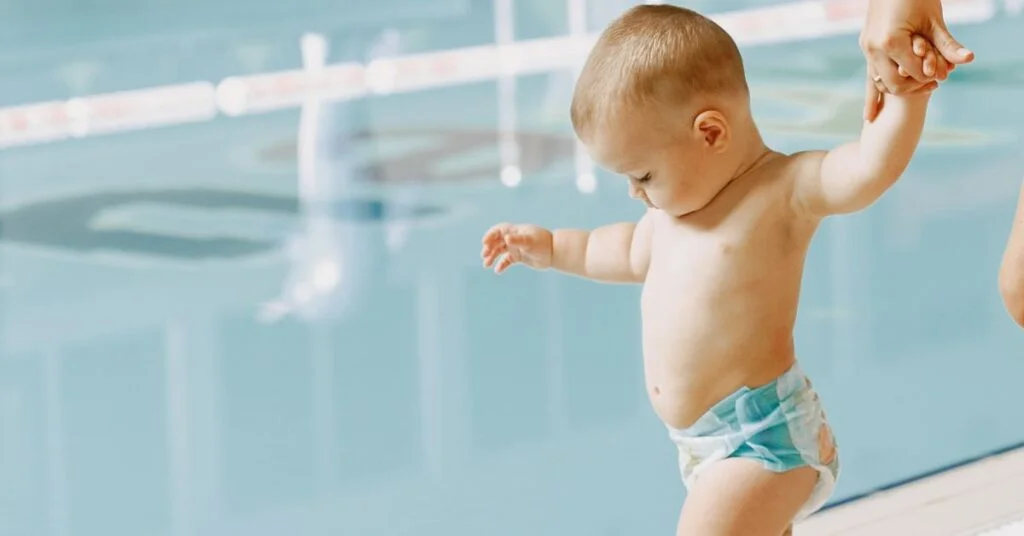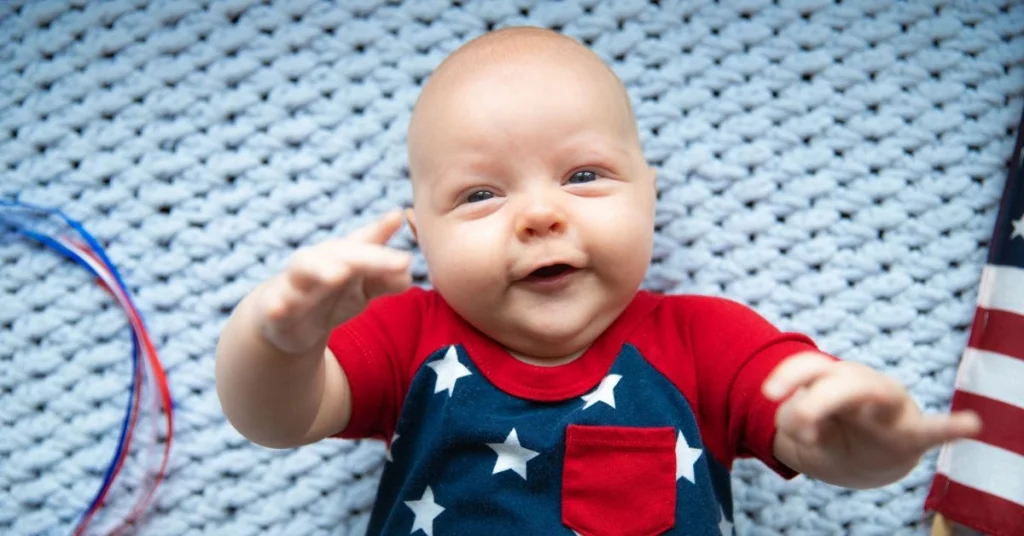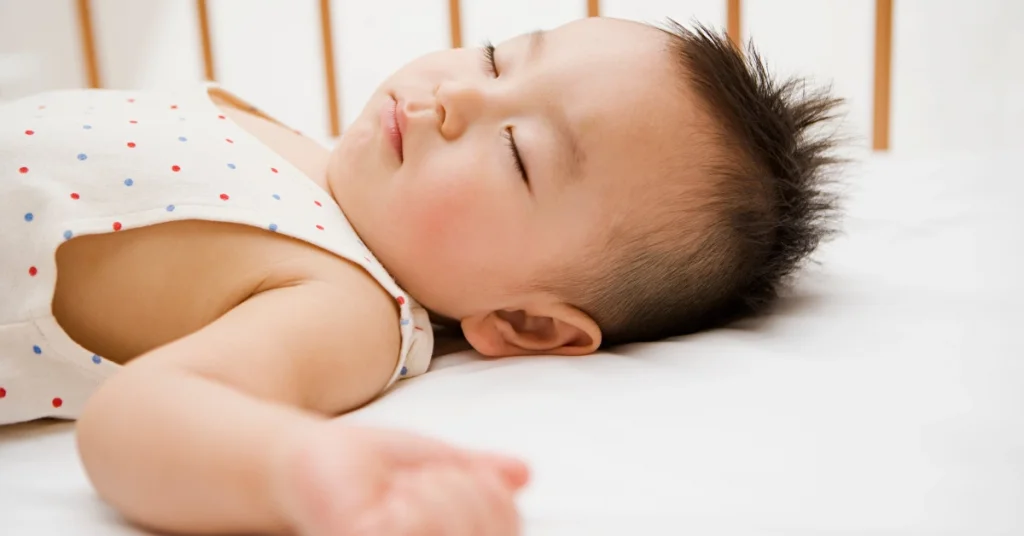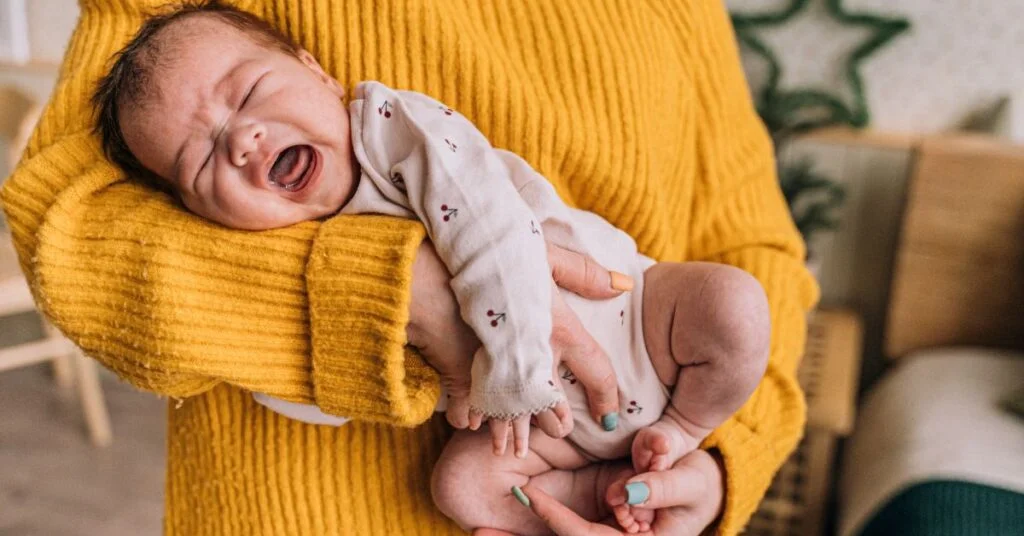Cutting the umbilical cord is a special moment for parents, but do babies feel pain when it’s done? Find out more about this fascinating organ.
The products mentioned on this page were independently selected by Babycious editors. As an Amazon Associate, Babycious may earn a commission from qualifying purchases.
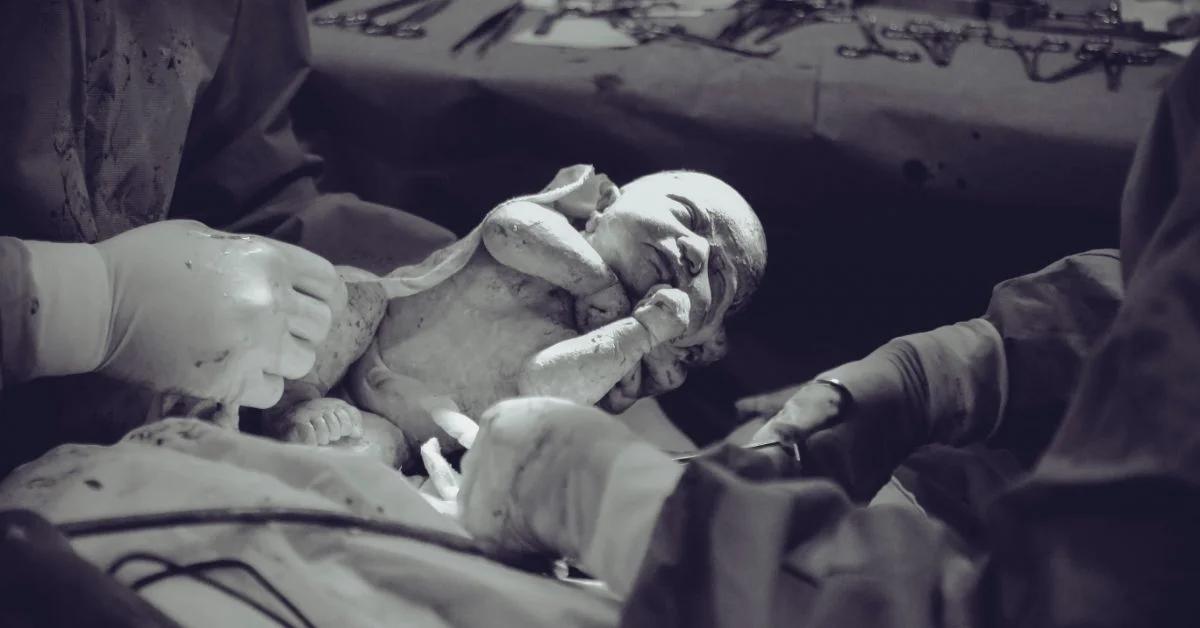
Photo by Vidal Balielo Jr.
Cutting the umbilical cord is an emotional moment for parents. It signals the end of the physical attachment between mom and baby and the beginning of a lifetime of love and connection. No wonder cameras come out to immortalize the moment. But what about the baby? do babies feel pain when the umbilical cord is cut?
Rest assured, cutting the umbilical cord doesn’t hurt either baby or mom. That’s because the umbilical cord has no nerve endings and is not connected to either the baby’s or the mom’s nervous system, so they don’t feel any pain when the cord is cut or any kind of sensation for that matter. It’s like getting your fingernails clipped – you don’t feel a thing.
It may feel strange to cut the umbilical cord, because it does look like a living organ so you may be tempted to back away from the scissors, yet no one will feel any pain from the cut! But if the umbilical organ is not a living organ, what is it exactly? and who does it belong to, the mom or the baby?
Wharton’s What?
The umbilical cord is a thin flexible conduit made up of a substance called Wharton’s jelly which is a very thick gelatinous material that surrounds the vein and two arteries inside and provides structural support to those blood vessels.
The umbilical cord acts as the link between mom’s body and the developing baby’s body, providing all the nutrients that flow from the mom’s body to the baby. It’s a two-way street though, as waste products like carbon dioxide travel from the baby to the mom. This kind of blurs the line of ownership of the cord as it seems connected to both mom and baby.
But to which body does the umbilical cord belong to? Where do baby end and mom begin?
The answer to this might surprise you. Not only does the umbilical cord belong to baby as it is made of cells containing fetal DNA, but also the amniotic sac and placenta can be considered part of baby as they are all fetal in origin. In other words, the umbilical cord is part of baby before it ever leaves mom’s body. Both the placenta and the umbilical cord end up delivered and out of the mom’s body after birth, so it only makes sense that they belong to the baby.
The umbilical cord is therefore connected to baby and baby’s organ the placenta which is an entirely separate organ that is created solely for the task of allowing nutrients and oxygen to pass through without any risk of the bloods mixing together.
What if You Don’t Cut the Umbilical Cord?
We have already demonstrated that cutting the umbilical cord can’t hurt neither baby nor mom, so you might be wondering: what if we don’t cut the cord?
Well, if the umbilical cord is not cut, it will simply dry out and fall off on its own over the course of a few days (just like the remaining part of the cord attached to the baby does). Leaving the umbilical cord uncut would mean preserving the placenta for some time which can be very inconvenient and comes with its own risks like having the placenta infected. But this practice does exist and is called a lotus birth.
To Clamp the Umbilical Cord or Not to Clamp It
The common practice when it comes to cutting the umbilical cord is to clamp the cord twice and then cut between the claps which leaves the baby with a piece of the umbilical cord that falls off on its own after a few days, but what happens if you don’t clip the cord before cutting?
Cutting the cord immediately after birth means that the blood vessels inside the cord are still carrying blood, so not clipping the cord would result in baby losing some blood through the cut. Fortunately, Wharton’s jelly naturally expands on contact with cold air so it would eventually cut off the blood flow, but would still result in some blood loss.
Therefore, it’s best just to clip the cord and cut it between the clips for a safer and more comfortable experience for everyone involved. I remember when my daughter’s umbilical cord fell off about ten days after she was born and how relieved we all were not having to deal with that tiny plastic clamp anymore!
To Wait a Minute or Not to Wait
Parents are becoming more aware of the benefits of delaying umbilical cord clamping. Waiting for the blood to stop flowing through the cord before clamping and cutting it allows for baby to receive the extra blood that is still inside the placenta, improving baby’s health and providing more iron stores in the long run which can help with anemia prevention.
According to the American College of Obstetricians and Gynecologists (ACOG), delaying cord clamping by 30 to 60 seconds is enough time for baby to receive additional blood and get all the extra health benefits. So, if you have the option to wait for a little bit before cutting the umbilical cord, go for it!
Interestingly, once the blood drains from the umbilical cord and it stops pulsating, it actually twists and does the clamping on its own, so you can easily cut the cord without worrying about baby losing any blood.
Does Cutting the Umbilical Cord Impacts Baby’s Belly Button?
Your baby’s belly button and the way it looks has nothing to do with how the umbilical cord is cut. The belly button is simply a scar that forms right where the cord was attached and its shape is determined by the way that baby’s abdominal muscles and skin form around it. So it really doesn’t matter if the cord was cut long or short or how close it was to the abdomen, your baby’s belly button will look just fine.
Whether your baby gets an innie or an outie is related to the presence of space between the skin and the abdominal wall. In babies with an innie belly button, the abdominal wall is close to the skin, while those with outies have some space between the two that makes the soft tissue protrude through.
Bottom Line
Cutting the umbilical cord is nothing to worry about since no one gets hurt. If you’re a new father considering the big snip, just go ahead and take the plunge–it’ll be worth it to see your little one in all their glory and to have taken part in this amazing life event.
The purpose of this article is informative and educational only. It’s not a substitute for medical consultation or medical care. We do not accept any responsibility for any liability, loss, or risk, personal or otherwise, incurred as a consequence, directly or indirectly, from any information or advice contained here. Babycious may earn compensation from affiliate links in this content.
